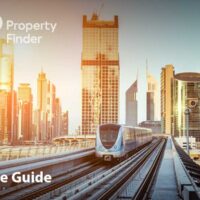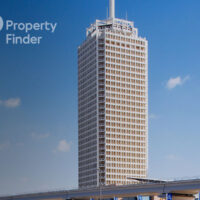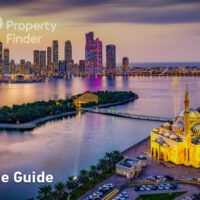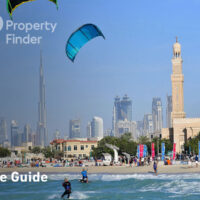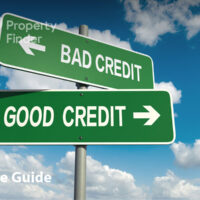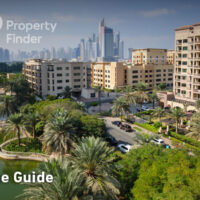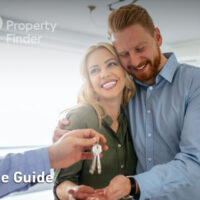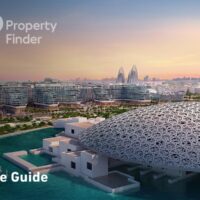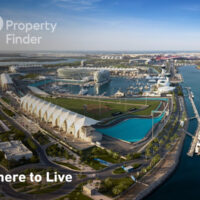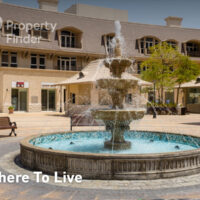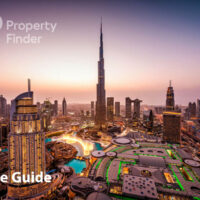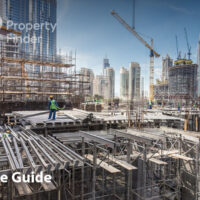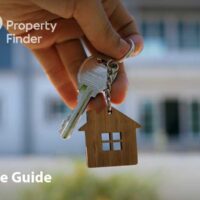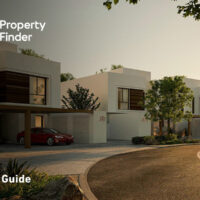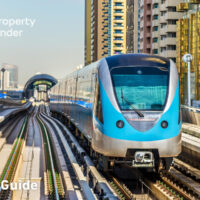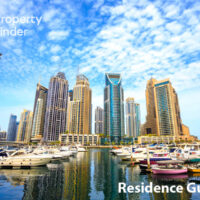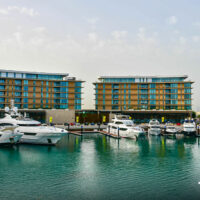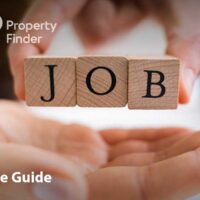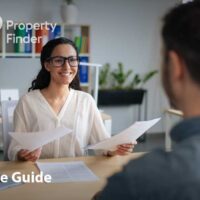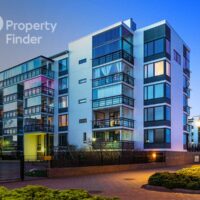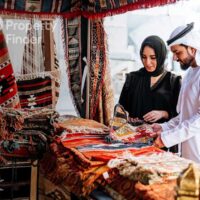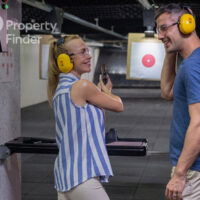Falling rents and an increase in affordable housing helps make the UAE overall a good package
With few exceptions, UAE property prices, both in sale and rent, fell further in H1 2019, continuing a downward trend that has now run for five full years. As far as downward trends go, this one has lasted far longer than most, and far longer than most of us expected. With the amount of property still being launched, under construction, and being handed over — it’s unlikely that we have seen the bottom of the market just yet.
Whether all this is good or bad news depends upon your perspective. Few would argue that if you are an owner, an agent or a developer, these are challenging times and more are ahead. If you are a prospective buyer or renter, the outlook is now considerably better, but some faith, courage, and patience are required. While tenants have never yielded as much power as they do today.
For those yearning for a market turnaround, there was some good news in H1 2019. The rate of decline slowed in most segments, leveled in some instances, and most encouraging were the modest increases seen in the capital.
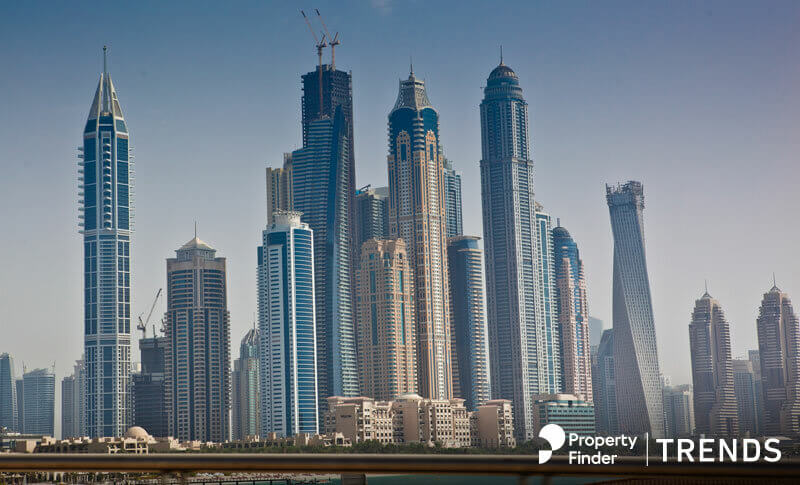
Apartments For Rent
For the most part, advertised rents continue to decline across the country due to a combination of excess supply and the handover of affordable offerings.
In the Northern Emirates, median advertised rent prices for apartments declined across the board. Ajman dropped 2.6 percent, Ras Al Khaimah down 2.9 percent and Sharjah witnessed the biggest fall of H1, down 5.3 percent, according to asking prices on Property Finder.
In Dubai, median advertised rent prices were essentially flat, dropping just 0.4 percent to AED 79,650 per annum. This is the smallest half-yearly drop we have seen since this current downward trend started. Slowing declines can be an indicator of a market approaching bottom but with 19,449 new residential properties completed in Dubai during H1 2019, including 13,677 apartments, at least as many expected in H2, and more next year, I suspect it will be some time before supply levels are absorbed.
The headline, however, is that asking prices for apartments for rent in Abu Dhabi actually increased 1.9 percent to an advertised median of AED 72,167 per annum. This is the first uplift we have seen in a while and is good news for owners and investors.
Stronger oil prices in 2018 and a developing non-oil economy that now accounts for 60 percent of GDP have improved the economic outlook in the capital. Brent Crude hit a four-year high of $86 per barrel in early October 2018 before falling sharply, losing 30 percent by Christmas.
Excluding the first few days of this year, Brent Crude has ranged between $60 and $74 per barrel, which has helped sentiment but Abu Dhabi apartment rents are still 27.4 percent lower than they were just two years ago.
Apartments for Sale
Apartments for sale fared worse than rentals, with low to mid-single-digit percentage drops right across the country.
Ras Al Khaimah apartments had the biggest decline in this segment, dropping 6.2 percent to an advertised median price of AED 560 per square foot; exactly half the median advertised price in Abu Dhabi which dropped 4.4 percent to AED 1,120.
Dubai is the most expensive place to buy an apartment in the UAE with a median advertised price of AED 1,163 per square foot; dropping 3.9 percent in H1.
Ajman, with a median square foot advertised price of just AED 269, is still by far the cheapest. Prices dropped 3.9 percent in H1.
Sharjah apartments held their value best in H1 as they have done for the last couple of years. They declined modestly by 1.5 percent during this half-year to a median advertised price of AED 475 per square foot.
Villas For Rent
In a seemingly ever-increasing renters’ market, Dubai villa rents fell 3.8 percent to a median advertised price of AED 166,667 per annum. While some of this decline could be attributed to new affordable villa stock hitting the market and dragging down the median, established communities also saw a dip in rents.
In Abu Dhabi, 3,172 properties have been handed over so far this year, of which 1,871 were villas. Yet, Abu Dhabi villas have held their price better than their Dubai equivalents over the past couple of years. They dropped
2.1 percent in H1 to an advertised median of AED 171,333 per annum and are again the most expensive in the country.
Villas for rent in Ras Al Khaimah and Ajman experienced significant drops of 5 percent and 5.3 percent respectively.
Villas For Sale
Villa sale prices in Dubai and the Northern Emirates also witnessed declines in H1. Villa prices in Dubai dropped 4.3 percent to an advertised median price of AED 855 per square foot. New affordable off-plan offerings in Dubai
South, Dubailand and Town Square were popular with buyers and advertisers alike.
Ajman’s villa prices were flat, dropping just 0.6 percent. Sharjah dropped 1.6 percent while Ras Al Khaimah experienced a significant drop of 5.9 percent. Abu Dhabi bucked the national downward trend, with a 1.5 percent increase to a median villa advertised price of AED 827 per square foot.
It is noteworthy that Abu Dhabi experienced increases in both villas for sale and apartments for rent, bucking the national trend and giving food for thought for market analysts. Has Abu Dhabi turned the corner? It’s too soon to tell but it could get interesting if oil keeps edging upwards.
Lukman Hajje
Dubai Transactions
Feedback from agents and Dubai Land Department figures confirm that overall sales transactions are steady and in line with 2018 but the type of properties being purchased is changing. Apartment transactions are down
(-5 percent) but villa and commercial up (each +35 percent).
Dubai apartments remain the preferred property type, and although their Y-o-Y transaction numbers have declined, the value has increased. This is reflective of an end-user driven market. End-users tend to but larger apartments and those in prime locations, while studios and 1-bed apartments that offer higher yields are preferred by investors.
Historically, the UAE’s most expensive community, Downtown Dubai saw by far the most apartment sales in H1 2019 at 1,586, of which 1,288 were off-plan transactions. No doubt, there are some investors and speculators among this batch. Dubai Hills Estate (972 off-plan apartment transactions) and The Lagoons in Dubai Creek Harbour (853 off-plan apartment transactions), both Emaar developments, were also popular.
While apartment sales have been difficult to achieve, the popularity of Emaar stock, which saw the vast bulk of off-plan transactions so far this year, demonstrates that buyer interest remains strong for the quality stock from a reputable developer that consistently delivers.
The old adage that the three most important things in real estate are location, location, location may be true, but if you’re marketing a new UAE development, it’s Brand, Location and Payment Plan.
On the villa front, we’ve seen more transactions but at lower values, mostly in the new, affordable communities targeted at the low to middle income segment. Dubai South with 434 sales (all off-plan) had by far the most villa/townhouse transactions in H1 2019. Town Square with 188 sales (128 off-plan) also fits this description. Another two Emaar projects targeted at mid-upper income end-users were popular: Arabian Ranches 2 had the second most with 331 transactions, 231 of which were off-plan and Dubai Hills Estate had 208, including 207 off-plan sales.
Meanwhile, some of the higher value, older luxury villa communities have struggled. Vendors marketing unrenovated, poorly maintained prime located properties in the Palm Jumeirah or Emirates Living communities are at the mercy of the market and some have seen significant
losses.
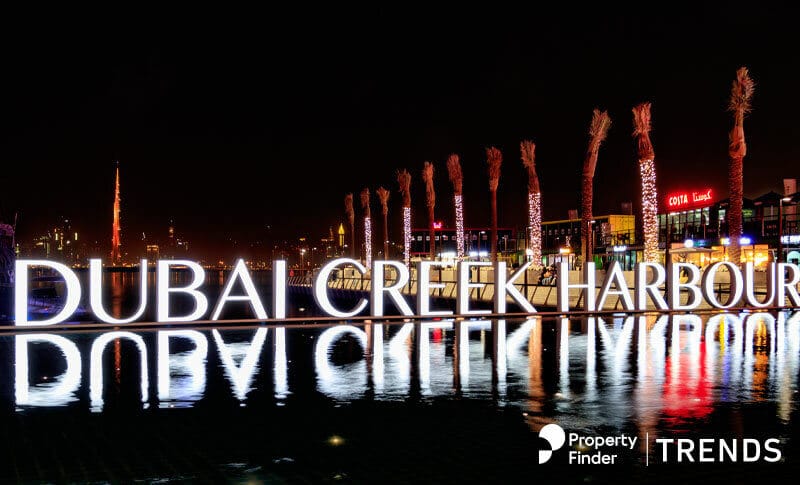
Off-Plan VS Secondary Transactions
Generous agent commissions and highly appealing, and at times seemingly too-good-to-be-true, payment plans have helped off-plan sales make up the bulk of H1 2019 transactions, up 6 percent Y-o-Y, while secondary sales
numbers dropped 5 percent.
A large chunk of Dubai’s prime located freehold stock is now 10-plus years old. Most stock in Dubai Marina, Jumeirah Beach Residence, the Palm Jumeirah, Arabian Ranches, Emirates Living, The Greens, Jumeirah
Lakes Towers and the early affordable communities like International City and Discovery Gardens fall into this category. As do early buildings in Al Reem Island, Al Raha Beach and Al Raha Gardens in Abu Dhabi, to name a few.
Building standards in these communities varied. Some were good but some were not. (A problem not unique to the UAE). But with falling values, rents, higher vacancy rates, high building fees, and increasing maintenance costs, some owners are refusing to plough further funds into these assets. Some fantastic properties, particularly larger apartments, are laying to waste, rotting hundreds of feet into the air, putting financial pressure on their owners’ associations (OAs) and devaluing those around them.
Other than blocking an owner’s ability to sell or rent their delinquent property, under current legislation, OAs are effectively powerless to force reluctant owners to pay their building fees. In many cases, the stalemate will likely continue until the market turns.
Secondary market vendors who do not need to sell are choosing to hang onto their properties. Richard Waind, Managing Director at Better Homes, said, “We are starting to see the availability of property in the secondary market dry up as those with no pressing need to sell hold on to their assets to ride out the current price cycle. This should put a natural handbrake on future price falls.”
Some are putting such properties on the rental market but while rental yields on paper still look pretty good, properties in less than good condition or with negative attributes such as a poor view, main road location, surrounded by construction and the like, are struggling to find tenants in a market flush with options across all price segments.
The Mortgage Cap
Many within the industry continue to blame the mortgage cap for sluggish secondary market sales. Imposed by the UAE Central Bank in January 2014, the mortgage cap limits mortgage lending to 75 percent of the property value (80 percent for UAE nationals) on an individual’s first property purchase below AED 5 million and at 60 percent for any subsequent properties. Lending on properties priced over AED 5 million is limited to just 65 percent of value.
With property prices back at 2012 levels with easy access to finance at low mortgage interest rates, buyer registrations remain strong but many are hampered by the large upfront costs. Rumors that the mortgage cap will be imminently reduced/removed have circled almost continuously since its introduction, but as prices continue to fall, the reality is reducing it would increase both the rate of negative equity, and in a highly transient, expat-dominated market, the flight risk.
A handicapped secondary market helps boost off-plan sales, where payment schemes can creatively operate within the margins. With the amount of planned new build that needs to be to completed (and purchased), off-plan from a policy perspective has to be the priority.
Conclusion
The news is good and getting better if you are a tenant. Options are plentiful. Landlords are flexible and increasingly desperate. The stubborn among them have vacant properties, aging and declining further.
An affordable renters’ market, a relatively new phenomenon for the UAE, is a needed silver lining. A heavily expat-weighted population will always consider other options when things get a little tough. Falling rents and more affordable housing helps a lot and continues to make the UAE overall a good package.
Most UAE owner-occupiers who bought several years ago are likely worse off today than if they had rented the same property for that entire period. It is a big statement and contrary to what we have always been taught and known, but it is now a sobering truth. The time in the market has not yet rung true for most.
But it will.
These are teething problems of a small, growing country with huge ambitions. Those of us who have been here a while have enjoyed the ride; built lives, businesses, and families. We have worked and laughed with interesting people from all walks of life from every corner of the world; made good money, been treated well while feeling safe and respected. We’ve paid some registration fees, housing fees and very recently some VAT but to be honest, not much more.
Where else can you do this?
In a world full of division, empty rhetoric, ugly nationalism, stifling bureaucracy and corruption, this place stands out for its tolerance, basic decency, and its open opportunities. At least, that has been my experience. I am a believer. And every day more people are cottoning on and soon you will not be able to buy in prime locations for AED 1,000 per square foot.
___________
“A very big thank you to Richard Waind, MD at Betterhomes, Adrian Popica, GM at House Hunters, and the team at Espace Real Estate who generously shared their valuable market insights in preparation of this article. The views expressed in this article are 100 per cent mine and not reflective of these aforementioned individuals, companies nor the Property Finder Group.”
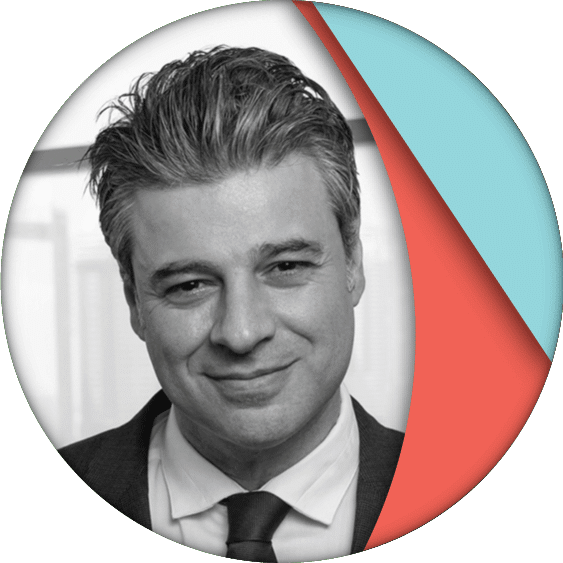
Lukman Hajje
CCO, Property Finder

